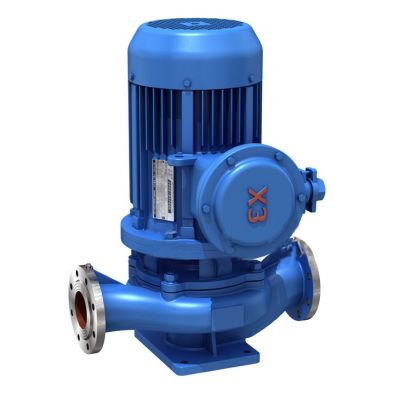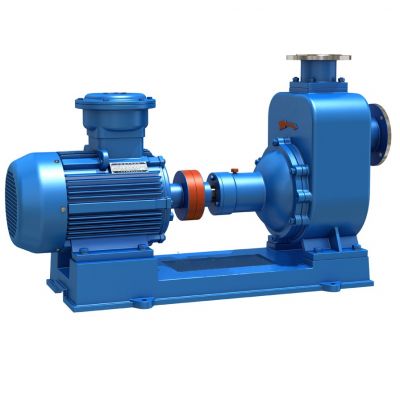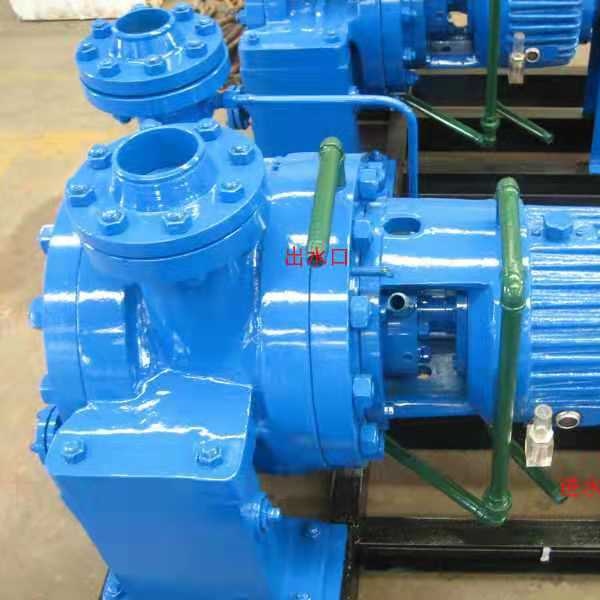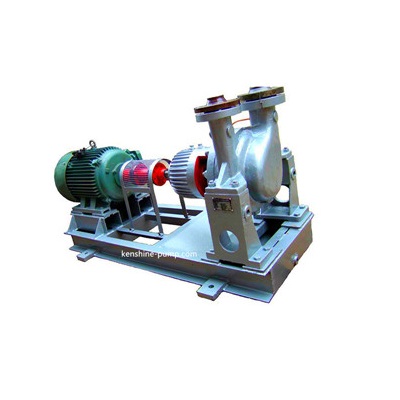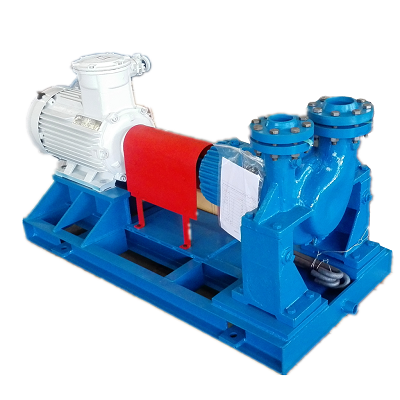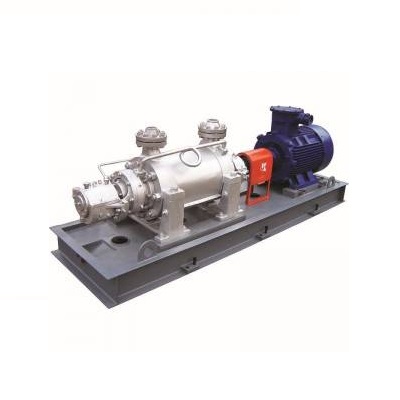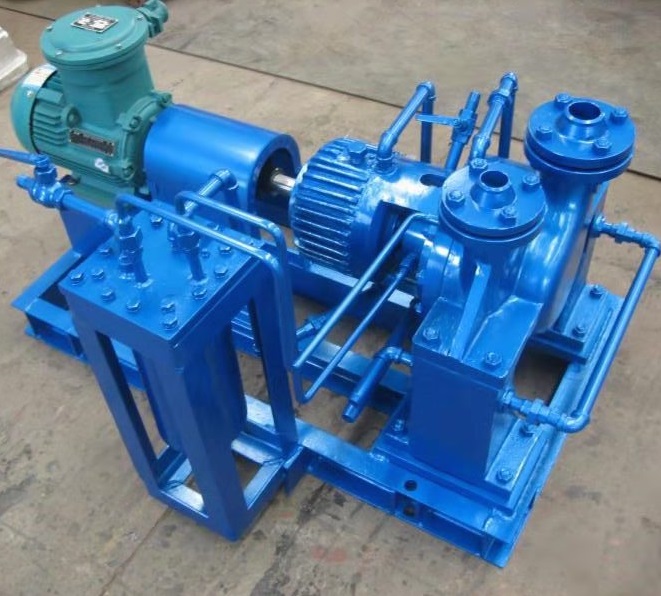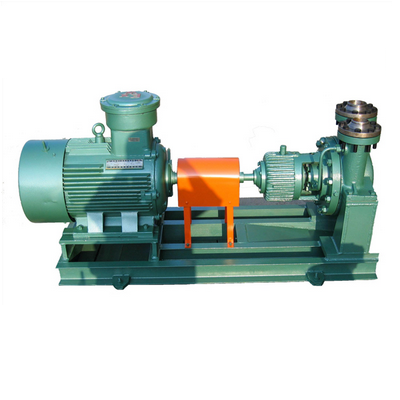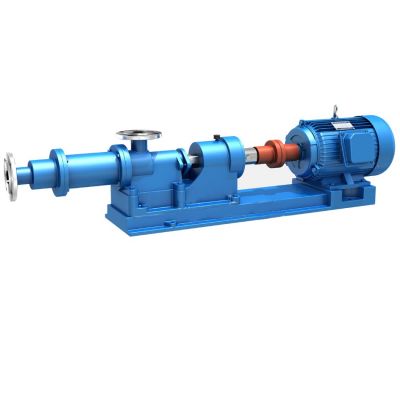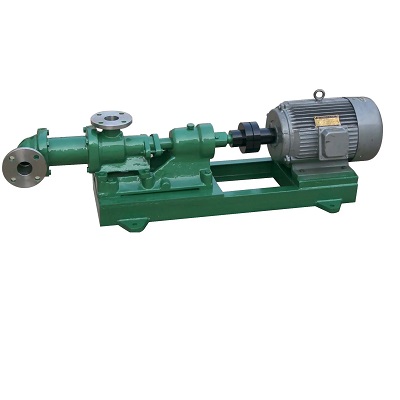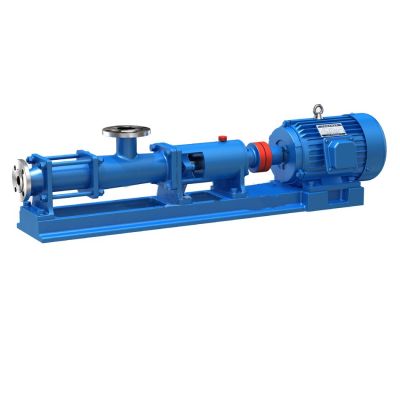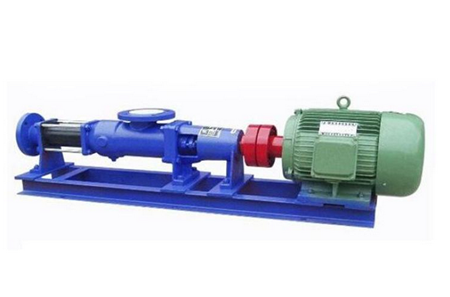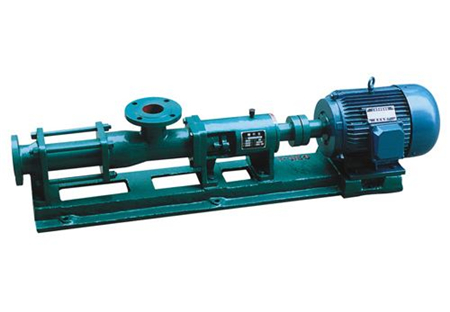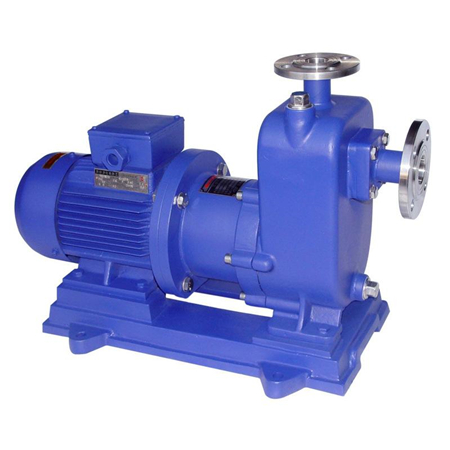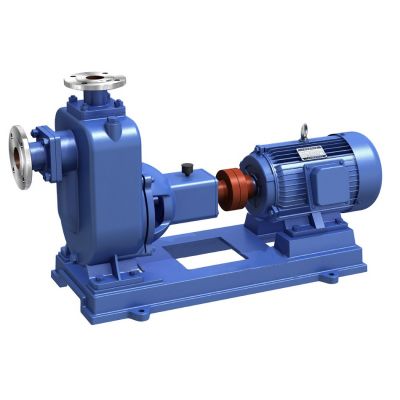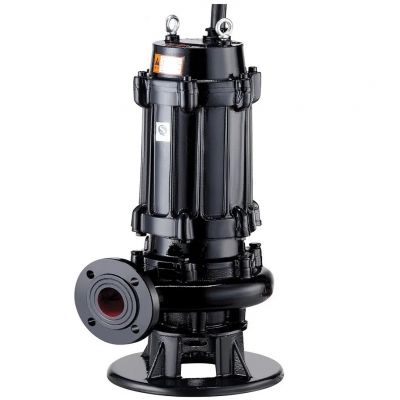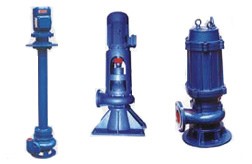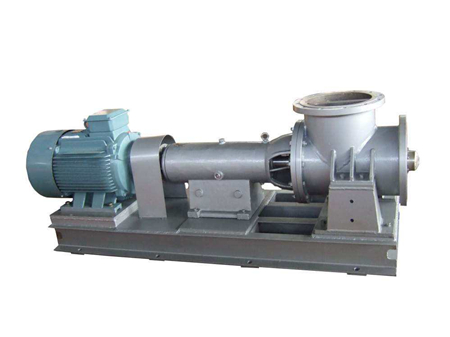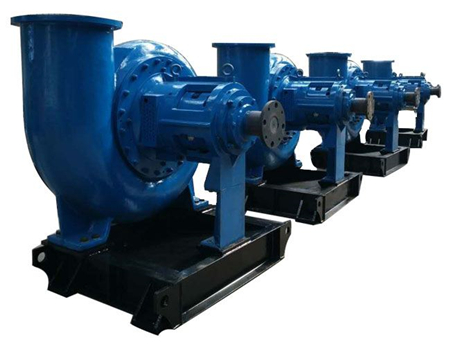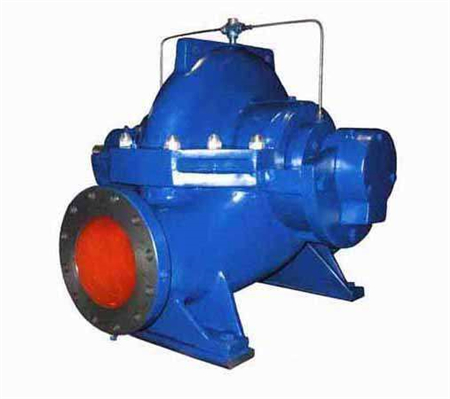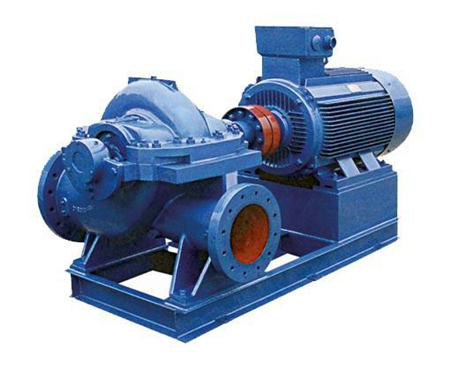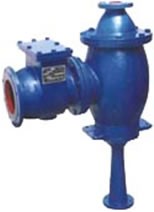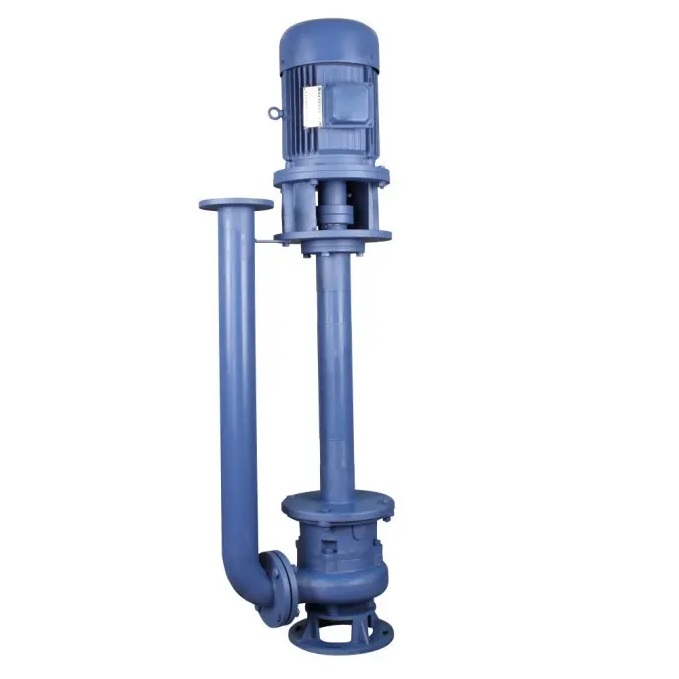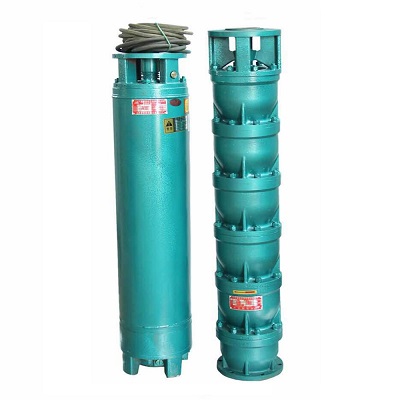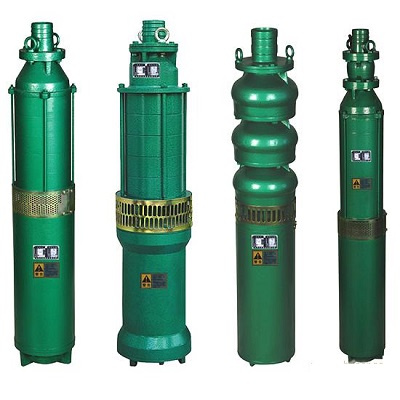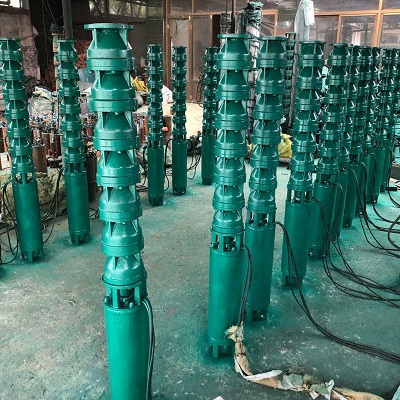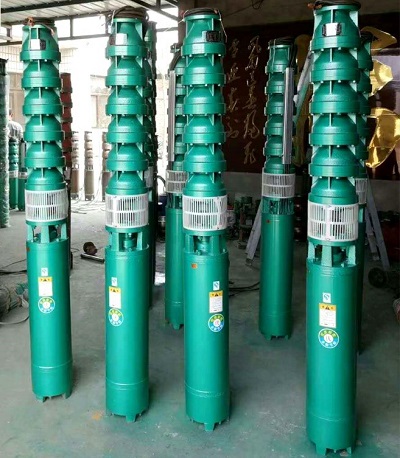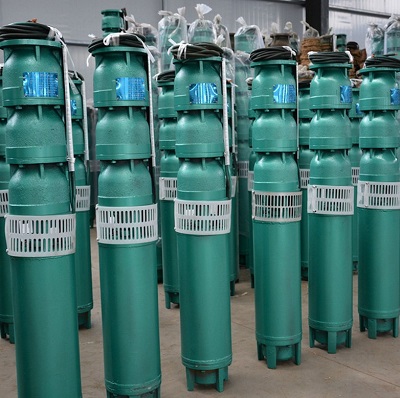Material: Stainless Steel or Cast Iron.
Size: 1/2-14 Inch, DN15mm-DN350mm.
Flow Rate(Q): 2 - 1400 (m3/h).
Lift Head(H): 5 - 135 (m).
Centrifugal pumps are utilized to transport fluids through the conversion of rotational kinetic energy towards the hydrodynamic energy from the fluid flow. The rotational energy typically originates from an electric train engine or electric motor. The fluid enters the pump impeller along or near the rotating axis and it is faster through the impeller, flowing radially outward right into a diffuser or volute chamber (casing), where it exits. Common uses include water, sewage, oil and petrochemical pumping a centrifugal fan is generally accustomed to implement a vacuum. Overturn purpose of the centrifugal pump is really a water turbine converting potential energy water pressure into mechanical rotational energy.
Material: Stainless Steel, Cast Iron,Aluminium alloy, Fluoroplastic, PTFE , PFA, etc.
Size: 1/2 Inch-4 Inch, DN10mm-DN100mm.
Flow Rate (Q) : 0 - 30 (m3/h).
Lift Head (H) : 0 - 50 (m).
A diaphragm pump is also referred to as a membrane pump which is really a positive displacement pump that utilizes a mix of the reciprocating action of the rubber, thermoplastic or teflon diaphragm and appropriate valves on each side from the diaphragm (check valve, butterfly valves, flap valves or other type of shut-off valves) to function a fluid.
When the level of a chamber of either kind of pump is elevated (the diaphragm upgrading); pressure decreases, and fluid is attracted in to the chamber. Once the chamber pressure later increases from decreased volume (the diaphragm moving lower), the fluid formerly attracted was forced out. Finally, the diaphragm upgrading once more draws fluid into the chamber, finishing the cycle. This course of action is comparable to those of the cylinder within an car engine. Diaphragm Pumps generate a hermetic seal between your drive mechanism and also the compression chamber, allowing the pump to transfer, compress, and evacuate the medium with no lubricant.
Material: Cast Iron or Stainless Steel.
Size: 1/2-6 Inch, DN15mm-DN150mm.
Flow Rate (Q): 0-200 (m3/h).
Lift Head (H): 0-55 (m).
A magnetic drive pump is the application of the working principle of permanent magnetic coupling in the centrifugal pump of new products, which has features of reasonable design, advanced technology, being fully sealed, no leakages and corrosion resistance. A magnetic pump is composed of three parts: pumps, magnetic actuators and motors. The leakage problem is solved because the pump body, pump shaft, magnetic rotor of sleeves are completely closed, eliminating leakages of flammable, explosive, toxic and harmful medium caused by pump seals in the oil refining chemical industry.
Material: Cast Iron, Cast Steel or Stainless Steel.
Size: 1-1/2 IN-12 IN, DN40mm-DN300mm.
Flow Rate (Q): 3.75-840 (m3/h).
Lift Head (H): 19-680 (m).
A multistage pump is a kind of centrifugal pump which relys on the rotation of the impeller in the centrifugal force and material. After the gas density reaches the working range of mechanical vacuum pumps, it will be extracted and thus gradually obtain high vacuum. Multistage pumps can be used in petroleum, chemical, machinery, mining, light industry, medicine and food and many other industrial sectors. In many industrial production process, such as vacuum filters, vacuum water diversion, vacuum feed, vacuum evaporation, vacuum concentration, vacuum resurgence and vacuum degassing, multistage pumps have been widely used. Multistage pumps refer to two or more than two impeller pumps.
Material: Cast iron, Cast steel or Stainless Steel.
Size: 1-1/2-12 Inch, DN40mm-DN300mm.
Flow Rate (Q): 18.3-960 (m3/h).
Lift Head (H): 12-300 (m).
An oil pump is a kind of light and compact pump, and it can be classified into the in-line type, distribution type and single type. The oil pump needs a power source to operate, and the camshaft below it is driven by the engine crankshaft gear. Pump is put forward a kind of has a shell made of alumina materials of oil pump and set in the shell of the movement of the molding, among them, the moving of the molding at least in part by a sintering, contains at least one kind of austenitic iron base alloy material, and one by the molding is made can be sintered materials at least for the shell of the thermal expansion coefficient of thermal expansion coefficient of 60%. A housing made from aluminum-containing material and a movable molded part arranged in the housing are provided are for oil pumps. The movable molded part is made from a sintered material containing at least one austenitic iron-based alloy, and the molded part made from a sinterable material has a thermal expansion coefficient of at least 60% of the thermal expansion coefficient of the casing.
Material: Cast Iron, Cast Steel or Stainless Steel.
Size: 1-1/4"-4", DN32mm-DN100mm.
Flow Rate (Q): 1-15 (m3/h).
Lift Head (H): 45 (m).
A screw pump is also known as a water screw. It uses the rotation of spiral blades to raise water in an axial spiral. A screw pump consists of motors, bearing seats, screw shafts, check valves, mixing chambers and nozzles. When pumping, place the pump diagonally in the water so that the inclination angle of the main shaft of the pump can be smaller than that of the spiral blade, and the lower end of the spiral blade can be in contact with water. When the prime mover drives the spiral pump shaft to rotate through the speed change device, the water enters the blade and rises along the spiral flow path until the outflow. A screw pump has advantages of simple structure, great flows, small head loss, high efficiency, being easy to manufacture, repair and maintenance, but it has disadvantages of low head, low speed and setting up gear changing devices. It is widely used in irrigation, drainage, lifting of sewage and sludge and other occasions.
Material: Cast Iron or Stainless Steel.
Size: 1-1/2 to 10 Inch, DN32mm-DN250mm.
Flow Rate (Q): 3.2 to 280 (m3/h).
Lift Head (H): 20 to 80 (m).
The working principles of a self-priming pump is that fill the pump shell with water before starting. The impeller rotates at a high speed to make the water in the impeller channel flow to the vortex in the shell after starting the pump. Then, the inlet forms a vacuum so that inlet non-return door can be opened. The inner air gets into the suction tube of and impeller of pumps, reaching the outer edge. A self-priming pump is a self-priming centrifugal pump, and it has compact structure, convenient and stable operation, easy maintenance, high efficiency, long service life and good self-priming capacity. A bottom valve is not required for the pipeline. A certain quantity of liquid stored in the pump can ensure the operation. Self-priming pumps in different materials can be selected for different liquids.
Material: Cast Iron or Stainless Steel.
Size: 1-1/2-10 Inch, DN40mm-DN250mm.
Flow Rate (Q): 5-600 (m3/h).
Lift Head (H): 7-40 (m).
A submerged sewage pump has a vertical submerged type structure. The pump body is immersed in water at work with a submerged depth of 0.5m to 5m, and fiber materials can effectively go through 5 times the diameter of the pump and solid particles 50% of the diameter of the pump by using unique single vane or double vanes impellers. The pump adopts the unique impeller structure and new type of mechanical sealing, effectively conveying solid and long fibers. Compared with the traditional impeller, the pump impeller adopting single port or double flow forms is similar to a cross section of a bend and it has the same size and very good flow.
Material: Stainless Steel or Cast Iron.
Size: 1/2-32 Inch, DN100mm-DN800mm.
Flow Rate (Q): 72-5500 (m3/h).
Lift Head (H): 10-125 (m).
A split case pump is also called a single-stage double suction centrifugal pump, and it has the main feature of great flows, head of the working principle of pump operation, the impeller being installed in the pump shell and tightened on the pump shaft and pump shafts being driven by the motor directly. A central liquid suction pump housing is connected to the suction pipe. Liquid is conveyed to the pump by the bottom valve and the suction pipe. Liquid on the outlet of pump casings is connected to the discharge pipe. When the speed of the pump is certain, the pressure head and flow rate are related to the diameter of the impeller.
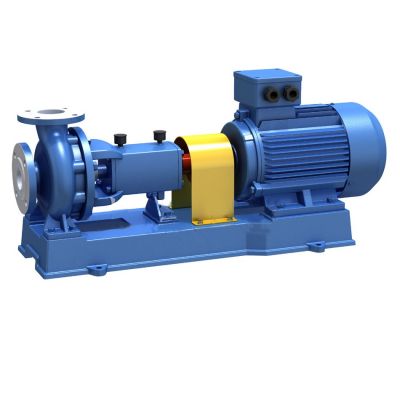
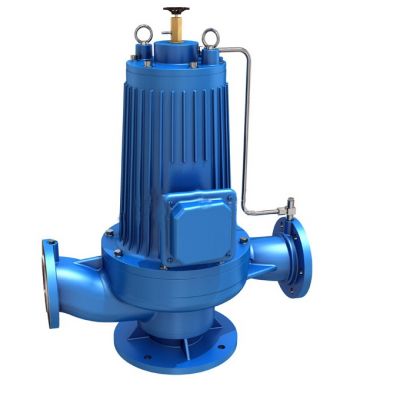



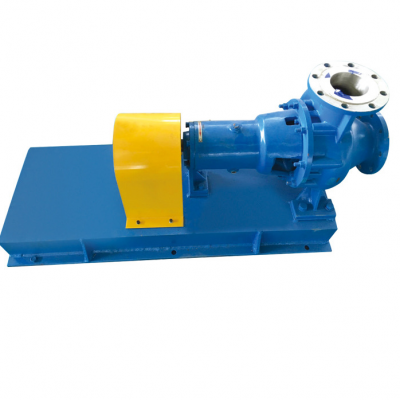
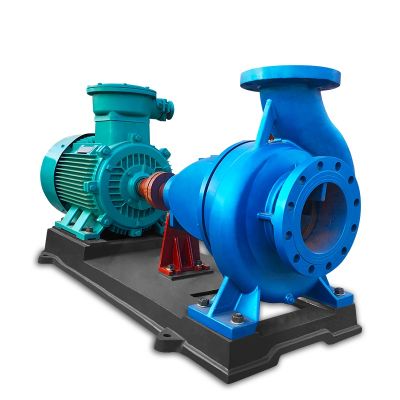
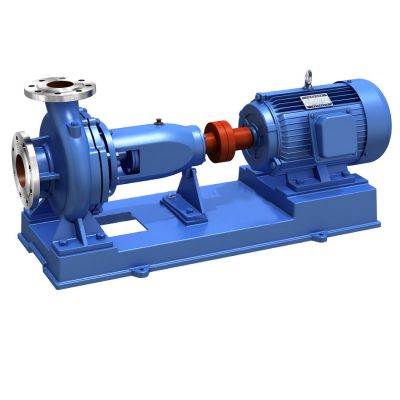
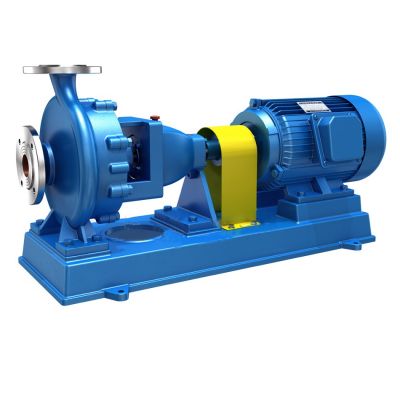

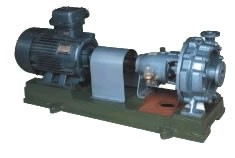
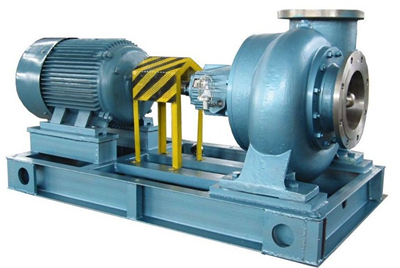
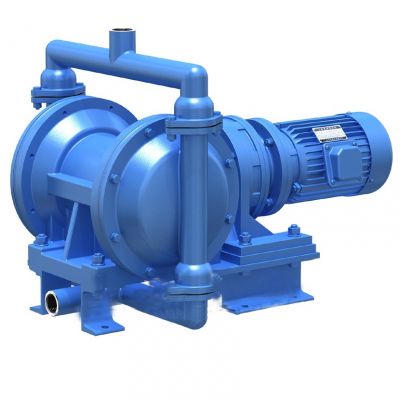
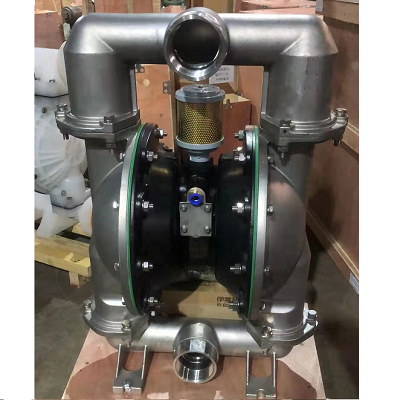
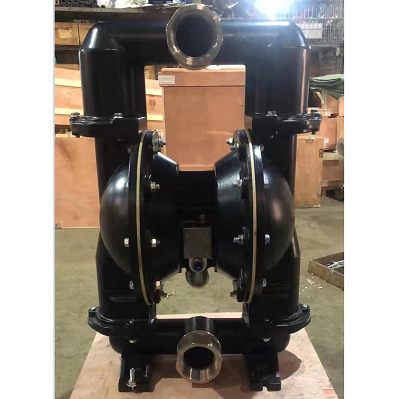
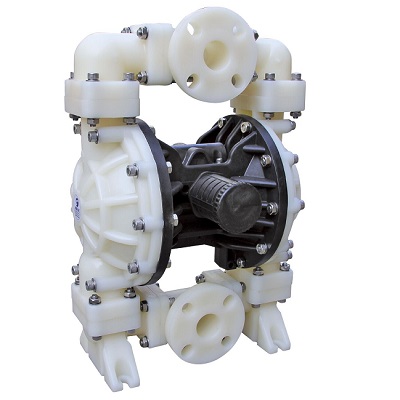

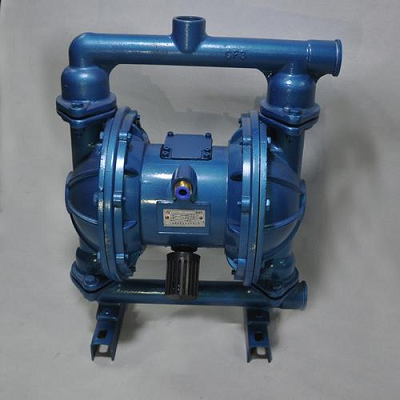

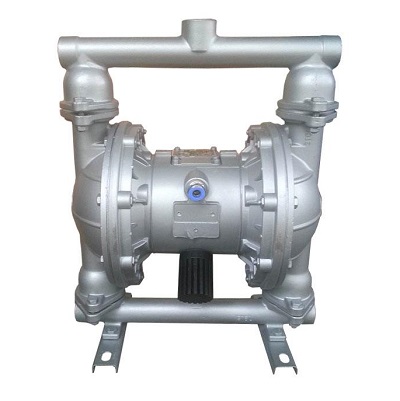
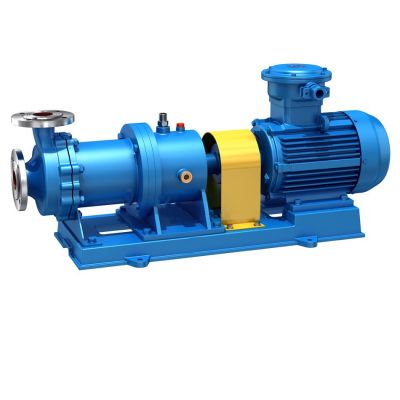
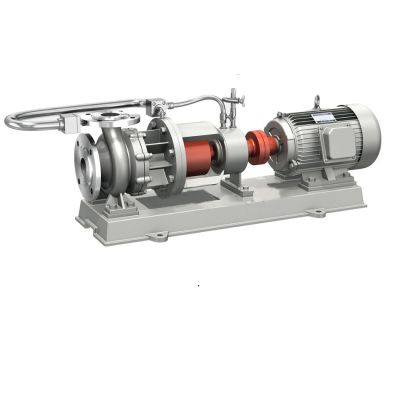
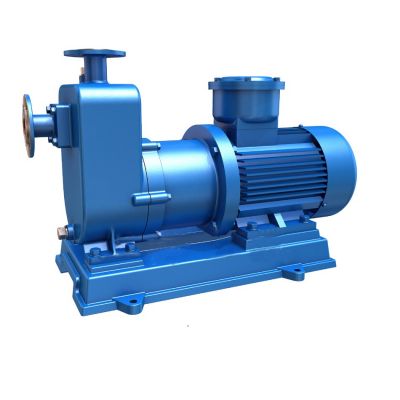
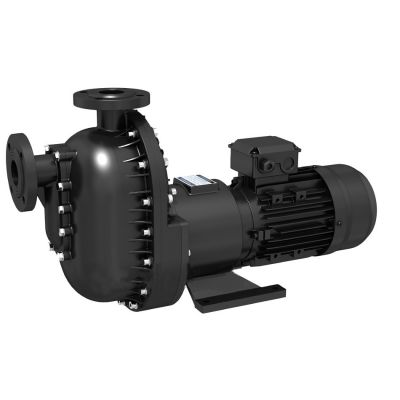
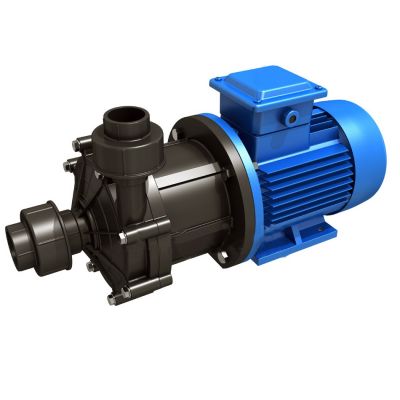
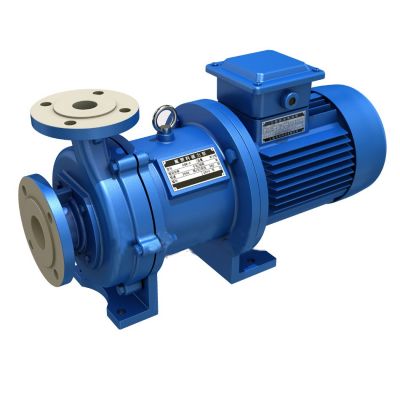
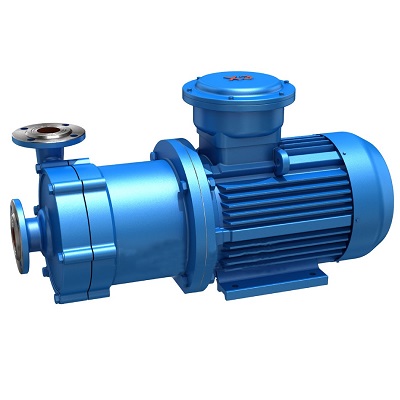
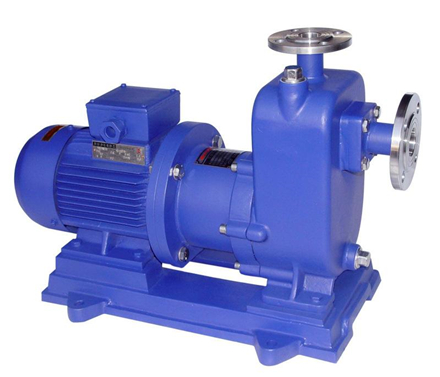
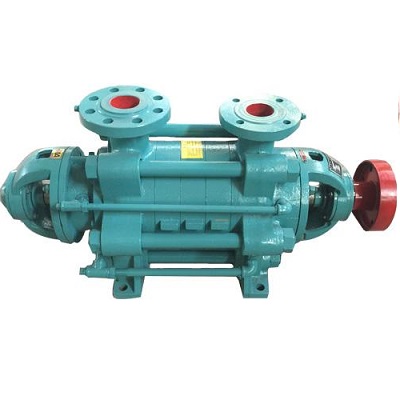

.jpg)
